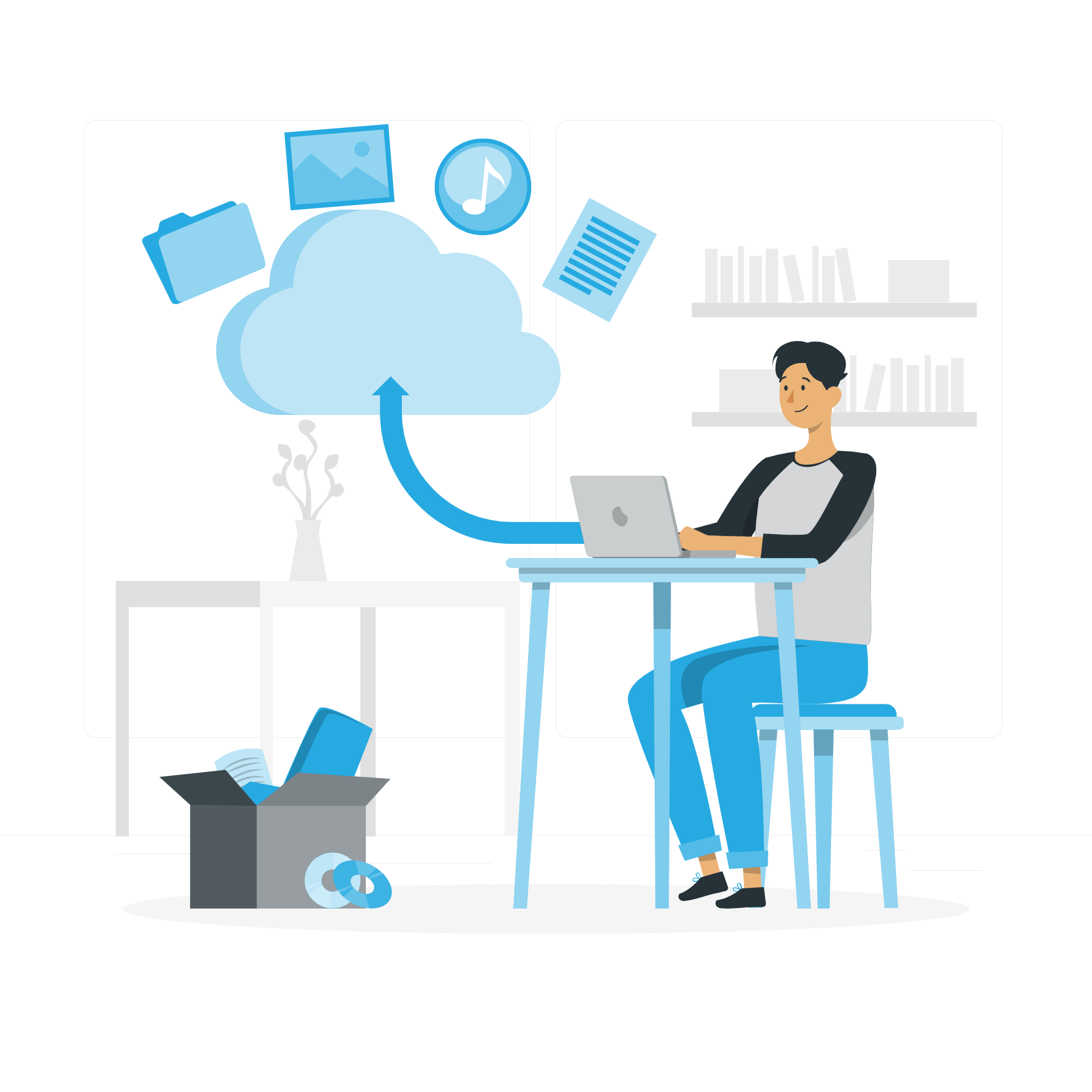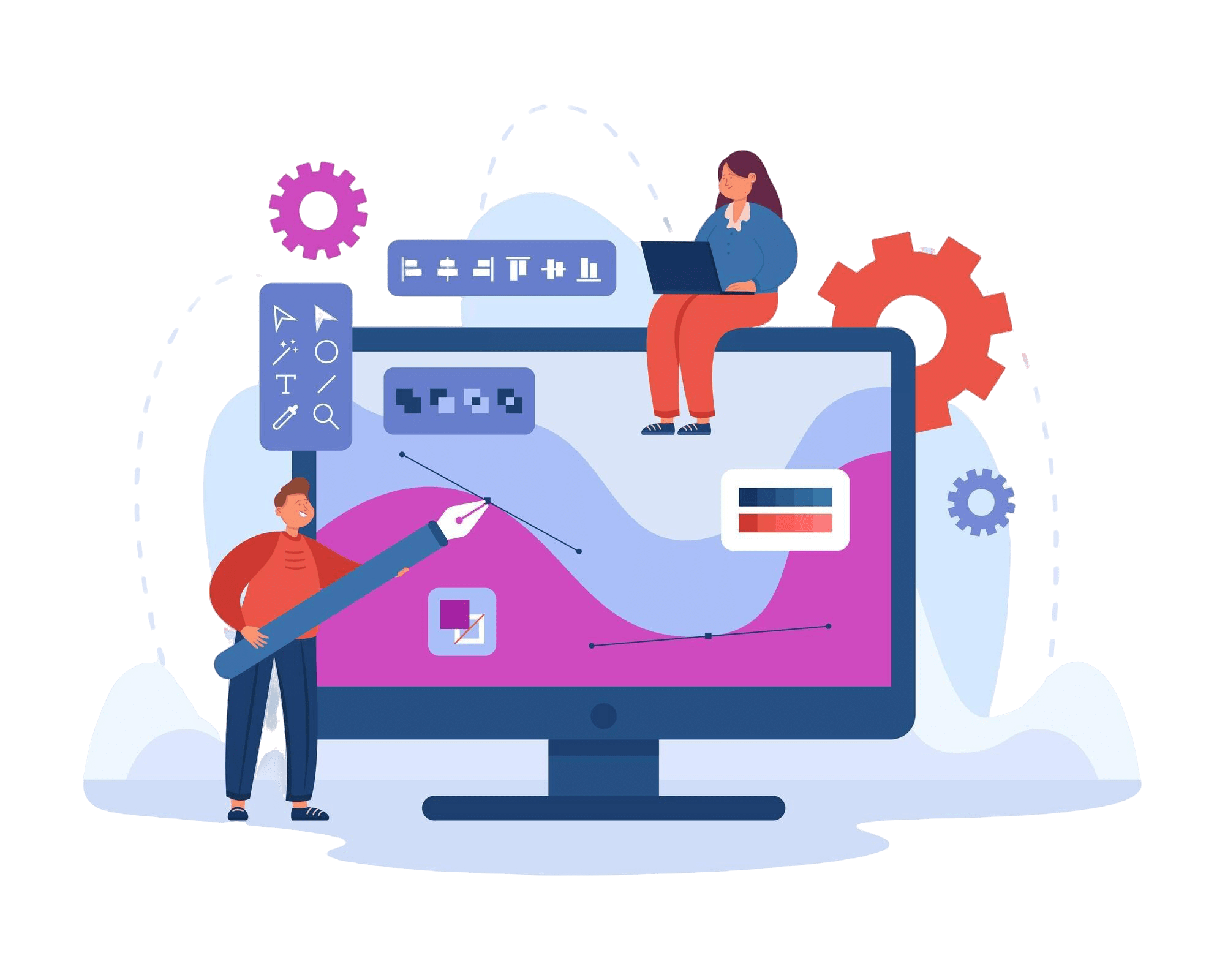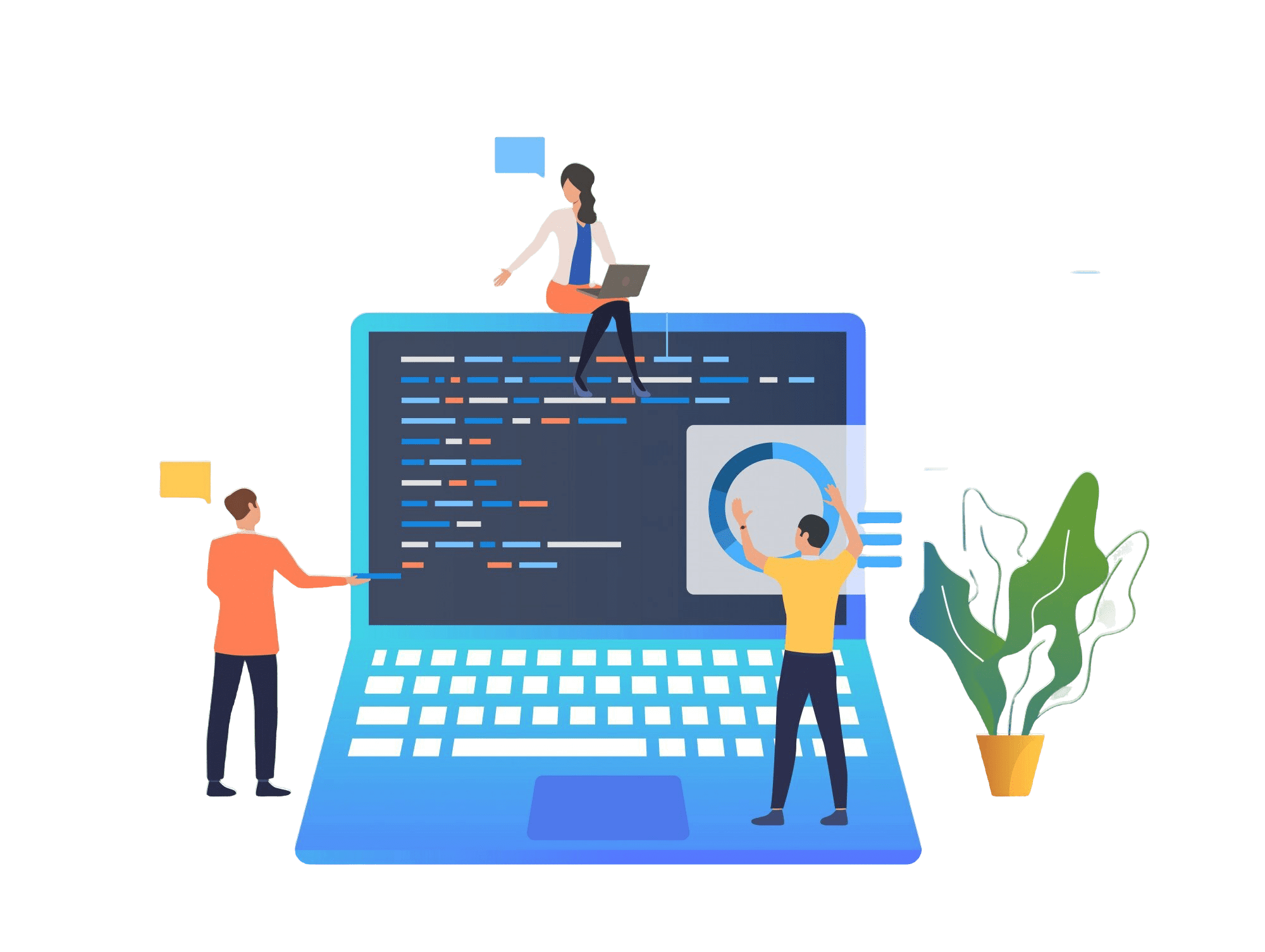Real Estate ERP Case Study
Overview
This case study explores the development of a customized ERP (Enterprise Resource Planning) solution for a real estate company seeking to streamline its operations across sales, finance, and communications. The company faced challenges in managing multiple workflows and data sources effectively. Through the implementation of a tailored ERP system, the organization aimed to centralize data, enhance communication, and improve reporting for better decision-making.

Client’s Objectives
The client, a mid-sized real estate firm, required a robust ERP solution that could handle:
-
- Sales Management: Streamlining customer onboarding, property listings, bookings, and installment tracking.
- Accounting and Finance: Automating financial processes, including vendor payments, journal entries, and trial balances.
- Communication: Facilitating single and bulk SMS messaging for client updates, reminders, and promotional activities.
The client’s primary goal was to improve internal efficiency by creating a unified platform that would allow different departments to access and manage data seamlessly, both onsite and remotely.


Solution Provided
Our team proposed a web-based ERP system with a modular architecture tailored to meet the unique requirements of the real estate industry. This solution was designed with user-friendliness, scalability, and security in mind. Key components included:
- Sales Module:
-
- Integrated functionality for managing customer data, property details, and bookings.
- A booking and installment tracking system to keep financial records and customer data organized and accessible.
-
- Accounts Module:
-
- Features for tracking receipts, expenses, vendor accounts, journal entries, and generating trial balances.
- Financial reporting capabilities to provide real-time insights into revenue, expenses, and cash flow, essential for better financial oversight.
-
- Communication Module:
-
- Built-in tools for sending single or bulk SMS notifications to customers, aiding in appointment reminders, payment notices, and general updates.
- Analytics to track the effectiveness of communication strategies and maintain customer engagement.
-
- User Interface:
-
- Designed with an intuitive, visually appealing interface, facilitating ease of use for all team members.
- Mobile compatibility, allowing access from various devices, ensuring operational flexibility and efficiency for employees working remotely.
-
Technical Implementation
The ERP system was built to run on a cloud-based Virtual Private Server (VPS), offering flexibility for the client to scale as needed. Key technical aspects included:
-
- Backend Development: The ERP’s backend was developed with high security and data integrity, ensuring sensitive financial and customer data were protected.
- Third-Party Integrations: Integrated SSL for secure data transmission, and SMS API integration for communication functionalities.
- Testing and Quality Assurance: Rigorous testing across devices and network conditions to ensure consistent performance.
- Deployment and Training: Comprehensive deployment and staff training to facilitate smooth adoption of the new system.

Timeline and Budget
The ERP project included dedicated requirements planning and design phases to ensure the solution met all specific business needs and user requirements. The project spanned an approximate 12-month timeline, with the initial months focused on gathering requirements, detailed planning, and interface design, followed by development, integration, and testing. The total budget was estimated at 5 million PKR, covering the full lifecycle from planning to deployment for a robust, scalable ERP system.

Results and Benefits
Post-implementation, the ERP system brought significant improvements to the client’s operations:
- Operational Efficiency: Automating sales and accounting processes reduced manual effort, minimizing errors and freeing up resources for other business activities.
- Enhanced Communication: The SMS communication module improved client engagement and ensured timely reminders, boosting customer satisfaction.
- Data Centralization: The new ERP allowed for a single source of truth for all data, streamlining access and enabling faster, data-driven decision-making.

Conclusion
The ERP implementation for this real estate firm illustrates how a custom, industry-specific ERP solution can address complex operational needs, bringing efficiency, accuracy, and transparency to daily workflows. With a scalable, user-friendly design, this ERP system is equipped to grow alongside the client’s business, providing the infrastructure needed for future expansions.
This ERP solution demonstrates our commitment to delivering tailored, high-quality technology solutions that address the unique challenges of real estate management.
